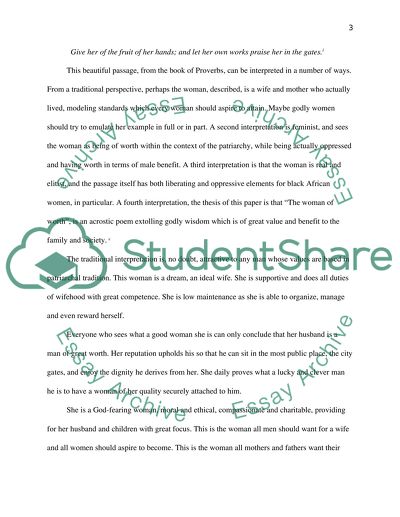Cite this document
(“Exegetical paper on Proverbs 31:10-31 Term Example | Topics and Well Written Essays - 1750 words”, n.d.)
Retrieved from https://studentshare.org/religion-and-theology/1437326-exegetical-paper-on-proverbs
Retrieved from https://studentshare.org/religion-and-theology/1437326-exegetical-paper-on-proverbs
(Exegetical Paper on Proverbs 31:10-31 Term Example | Topics and Well Written Essays - 1750 Words)
https://studentshare.org/religion-and-theology/1437326-exegetical-paper-on-proverbs.
https://studentshare.org/religion-and-theology/1437326-exegetical-paper-on-proverbs.
“Exegetical Paper on Proverbs 31:10-31 Term Example | Topics and Well Written Essays - 1750 Words”, n.d. https://studentshare.org/religion-and-theology/1437326-exegetical-paper-on-proverbs.


